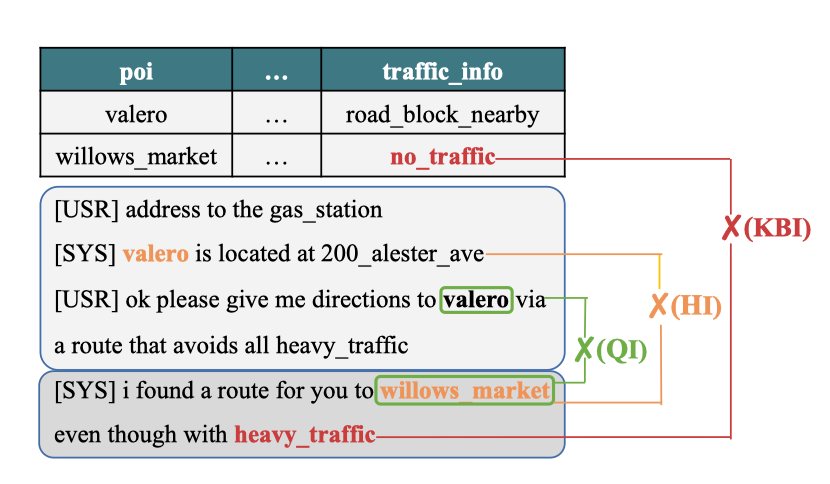B4PPI
Benchmarking Pipeline for the Prediction of Protein-Protein Interactions
How this benchmarking pipeline has been built, and how to use it, is detailed in our preprint here (please cite it if you find this work useful!).
A minimal example is available here, and the list of requirements there.
How to use the gold standard
All the data files are in data, most of them are available as csv (sep='|') and pickled pandas DataFrames (sometimes the csv file may be missing due to file size constraints on GitHub).
The gold standard, without pre-processed features, can be loaded using:
goldStandard = pd.read_csv(
os.path.join('data', 'benchmarkingGS_v1-0.csv'),
sep='|'
)
Or with the pre-processed features:
goldStandard_with_featuresSeq = pd.read_pickle(
os.path.join('data', 'benchmarkingGS_v1-0_similarityMeasure_sequence_v3-1.pkl')
)
- UniProtIDs are used for both proteins A and B.
isInteractionis the ground truth from the IntAct database (1 = interacting proteins, 0 = non-interacting proteins).trainTestis the split between training set (train), first testing set T1 (test1) and second testing set T2 (test2).- Pre-processed features are explained in the manuscript.
Training and evaluation can then be done normally. The code from the preprint is in the Training section.
How to cite this work
Lannelongue L., Inouye M., Construction of in silico protein-protein interaction networks across different topologies using machine learning, 2022, BioArxiv
Licence
This work is licensed under a Creative Commons Attribution 4.0 International License.
Credits
- The code was written in Python 3.7.
- Many libraries were used, in particular Pandas, Numpy, scikit-learn and PyTorch Lightning (full list in the code and in the requirements file).
- Plots were drawn using Matplotlib, Seaborn and the MetBrewer colour palettes.
- Logs were saved using Weight & Bias.










